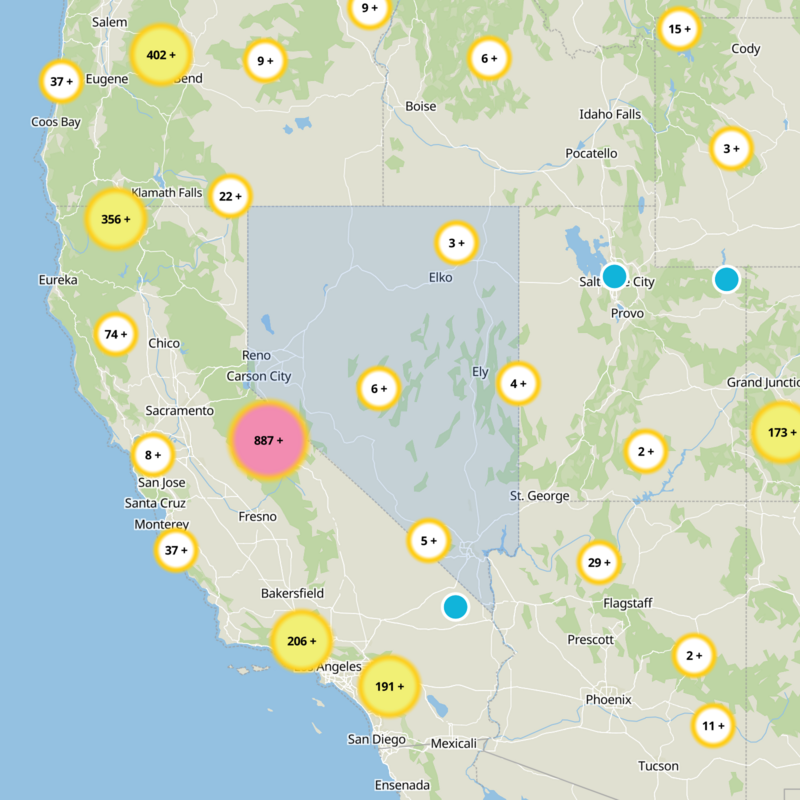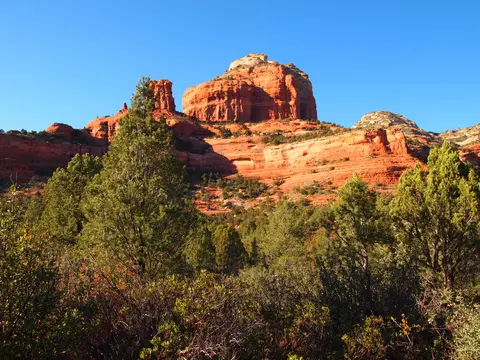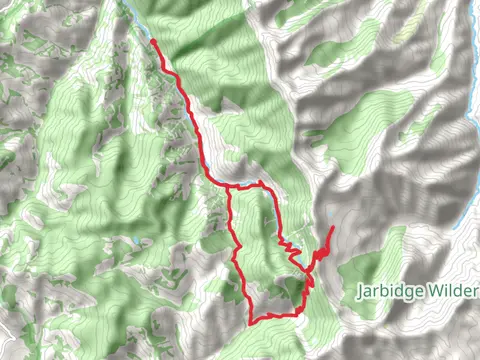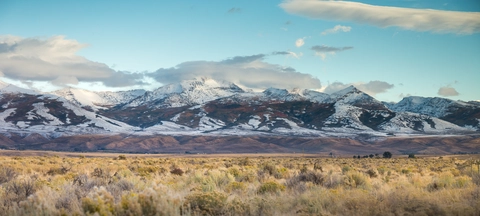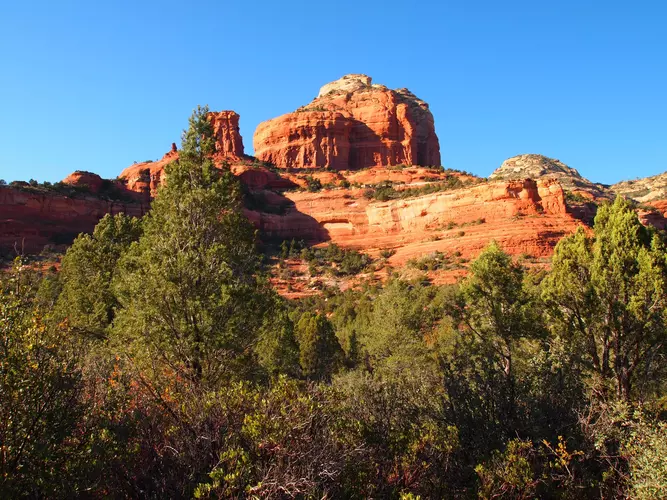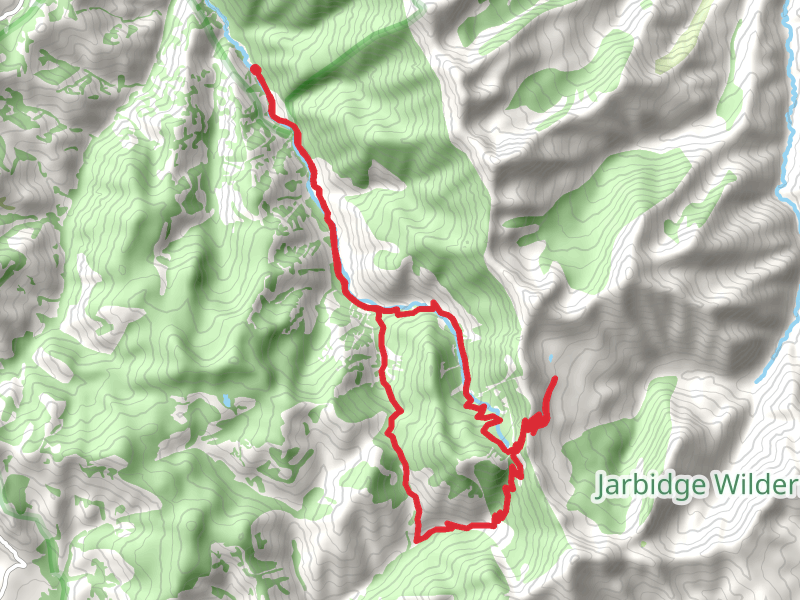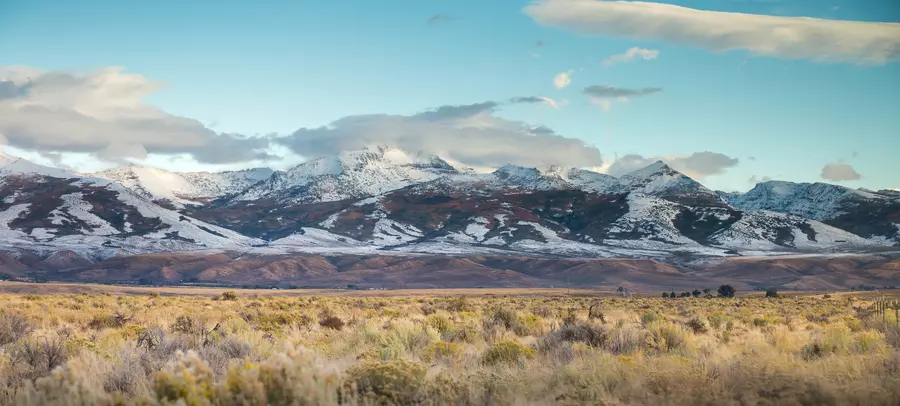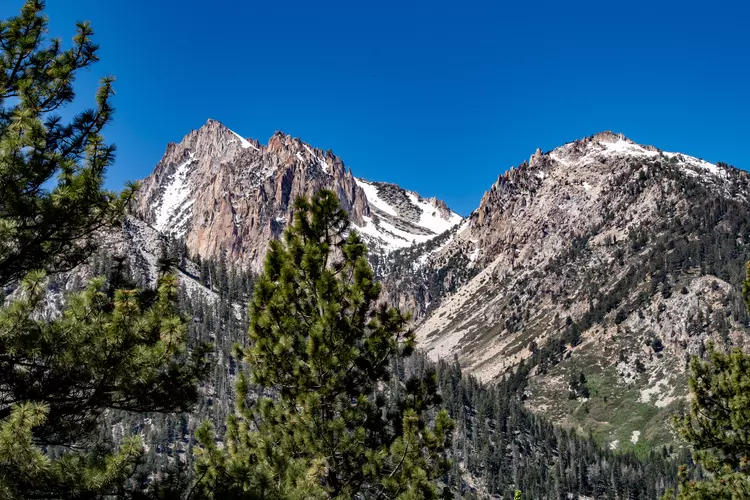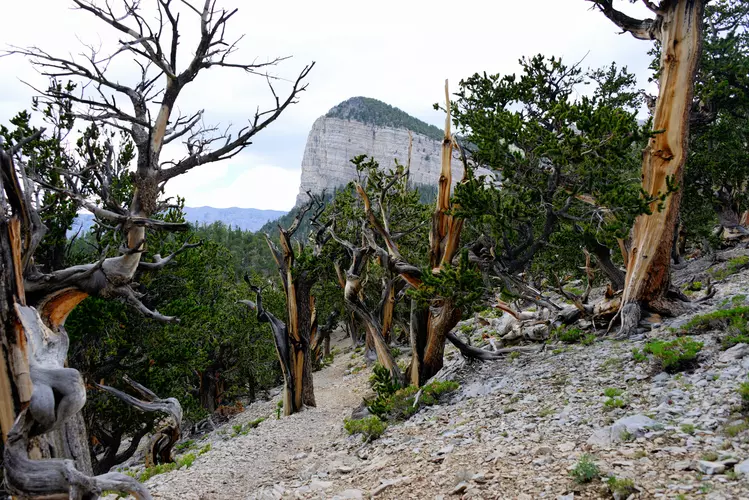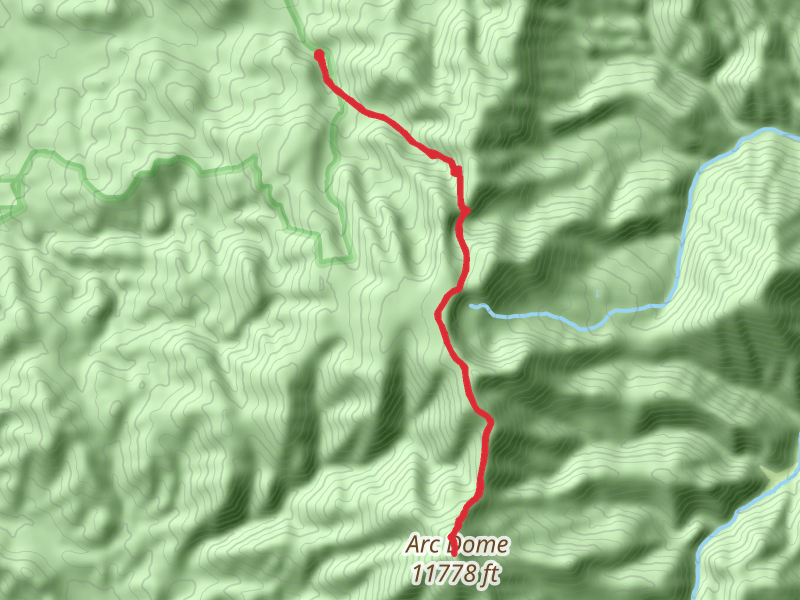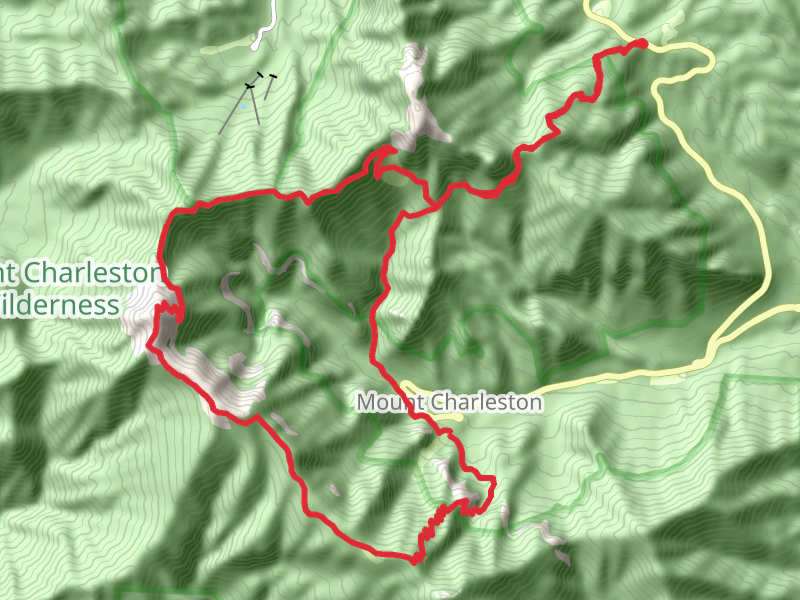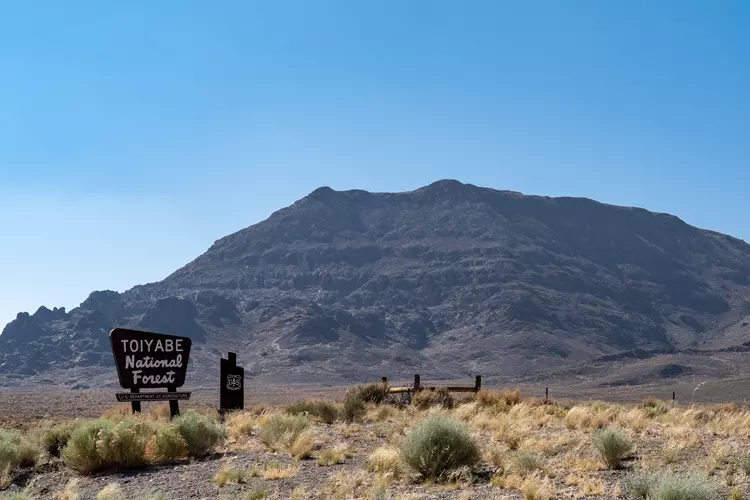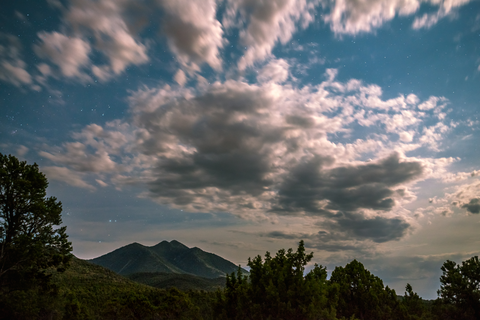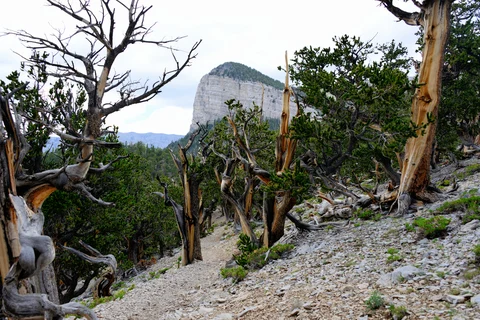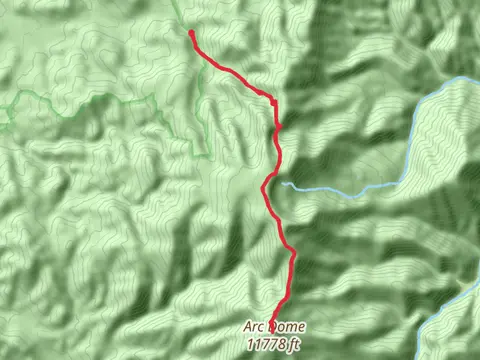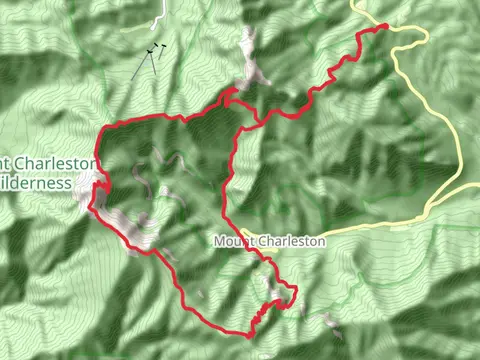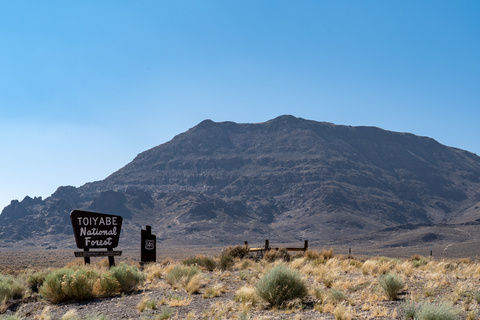"Nevada's trails reveal stunning landscapes and hidden gems, offering hikers an unforgettable adventure."
Nevada, a hiker's paradise, offers a diverse tapestry of trails that beckon adventurers to explore its rugged beauty. From the otherworldly landscapes of Red Rock Canyon to the serene shores of Lake Tahoe, each trail unveils a unique story. Discover the ancient petroglyphs of Valley of Fire or challenge yourself on the peaks of the Ruby Mountains. With vast desert vistas and lush alpine forests, Nevada promises an unforgettable journey for every hiker, inviting you to uncover its hidden gems.
Most popular hikes
FAQs about hiking in Nevada






